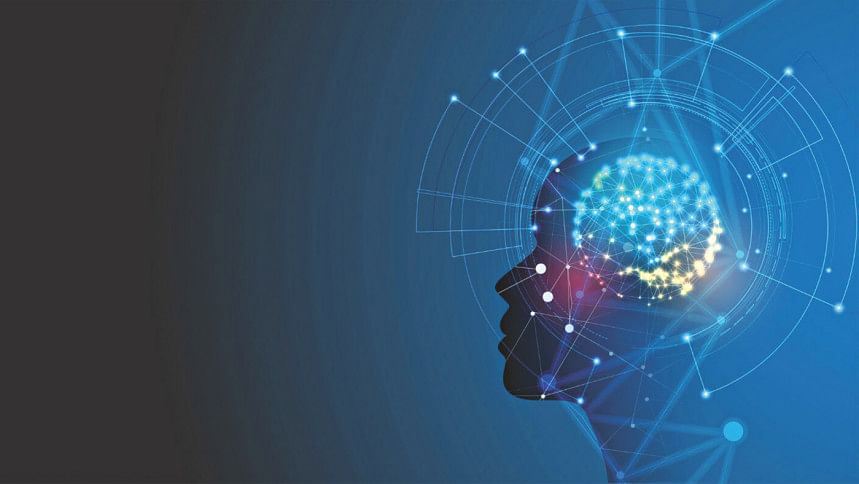Intellectual Property regime in the age of Artificial Intelligence

Artificial intelligence (AI) generated contents have been posing formidable challenges to the existing Intellectual Property (IP) regime. It remains a critical question as to how far prevailing IP system, dominantly premised on the consequentialist and/or utilitarian approaches, is ready to accommodate AI generated contents. Besides, there are a good number of ethical and legal conundrums with regard to AI; for instance, lack of a regulatory regime, misuse of data, bias and discrimination. Perhaps, the most striking issue at hand is that since AI creates or invents contents based upon the provided data, the IP protection would transform the proprietary right on data potentially contravening the principles of data protection laws. Yet again, one cannot negate the ramifications of AIs in the current stature. Thus, there have been contentious legal and policy debates on several yet to be answered issues: To what extent and magnitude, AI generated contents could be protectable under patent, copyright or design, and if it happens to be so, who would be the inventor, author or designer respectively?; What implications AI generated contents would have if legal personality, capable of possessing rights and duties, is awarded to AI?; What are the legal and policy options available for dealing with this new technology?
On the philosophical paradigm, as per the Hegelian approach, the inventor or creator has a legitimate justification to enjoy the results and benefits of such property due to the connection between the work and the person. However, the creative computers cannot be placed as the beneficiaries of their labors. Similarly, the ex-ante justification of inventiveness is also unsuited for AI generated contents. The semantic of romanticism that 'lone genius inventor or creator who invents or creates only if strongly incentivised' does not seem to be well fitted to justify protection of AI generated contents. The computers do not create or invent contents on own incentives rather they are instructed to do so. Furthermore, AI may create socially or culturally unacceptable or immoral contents since computers are value-neutral; this may lead to contrary proposition of 'social planning theory'. There may be concerns based on the 'free-ridding' doctrine, meaning, if AI generated contents are not protected then they will be open to copying, and undue benefits may be taken by others, thereby, it will go against the deontological justification of the IP regime like any other branch of law.
There are legislative hurdles involved in protection of AI generated inventions, particularly, with regard to patentability requirements of the human inventorship, prior arts, examination of the inventive steps and novelty. AI generated inventions involves a great deal of challenges, namely, what would be 'prior art' for machine generated inventions? Would it be possible for an ordinary skilled person such as patent examiners to reasonably locate 'prior arts' produced by the sophisticated machines? Do we need sophisticated machine AI examiners to search for 'prior art' instead of human patent examiners? Moreover, since the inventive steps are judged based on the 'non-obviousness' which implies the gap or improvement between the proposed invention and existing 'prior arts,' such differences would be difficult to be measured by a person having ordinary skill in the relevant art. Furthermore, computer generated claims may be designed in a way that would block the future developments of knowledge.
Human inventorship as requirement for a patent application is another issue worth discussing. Even though, EU approach of 'first to file' justifies non-examination of inventor in true sense, failure to meet formal requirement of human inventorship shall lead to rejection of patent application. In contrast, the US approach of 'first to invent' inherently requires disclosure of the inventor, otherwise it would face the EU-style consequences. Similar notion can be found in copyright system, where human authorship is mandatory and thus, AI generated works are excluded from copyright. An alternative argument, analogous though, can be put in line with the ratio of Famous Monkey Selfie Case (Naruto v Slater) where the US Court did not allow authorship to Monkeys although selfies were taken independently by Monkeys who surely had independent thinking abilities. In the European Union, the jurisprudence of Infopaq Case (Infopaq International A/S v Danske Dagbaldes Forening) may also exclude AI generated works from copyright protection. In this case, it was held that copyright is only granted to original works, and the originality must be stamped with "author's personality". Identical challenges may be found in AI generated designs as well.
Thus, there is ambiguity, lack of legal precision and policy uncertainty on the IP protection of AI generated contents. The policy makers including, relevant stakeholders of digital Bangladesh, should consider the possible legislative and policy options to protect the investments of AI industry to promote creativity and innovations in this booming sector.
The writer is Senior Lecturer in law, East West University, Bangladesh.

 For all latest news, follow The Daily Star's Google News channel.
For all latest news, follow The Daily Star's Google News channel. 



Comments